Spellbound (1945)
Dissociation as Pleasure

As part of my ongoing ambition to be a 1940s screenwriter, I have re-watched Hitchcock’s Spellbound. Of course, he is the master of suspense. During the 1940s and 1950s Hitchcock used his years of experience in the film industry to direct some of the most thrilling and frightening films of the era. They are full of heightened emotions, conflict and twisted plot-lines.
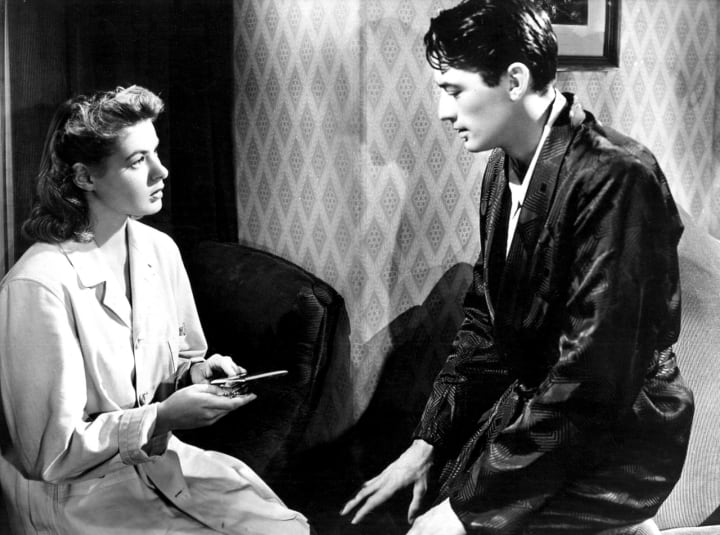
And in re-watching Spellbound, I was under Hitchcock's spell, right up until the final gun shot.
But then the final cut was called and the spell broke. Because I knew that in writing about the film, I would have to face up to the incredulity of the plot.
There are several cinematic tricks that don’t add up when you come to describe them outside of the world of the film.
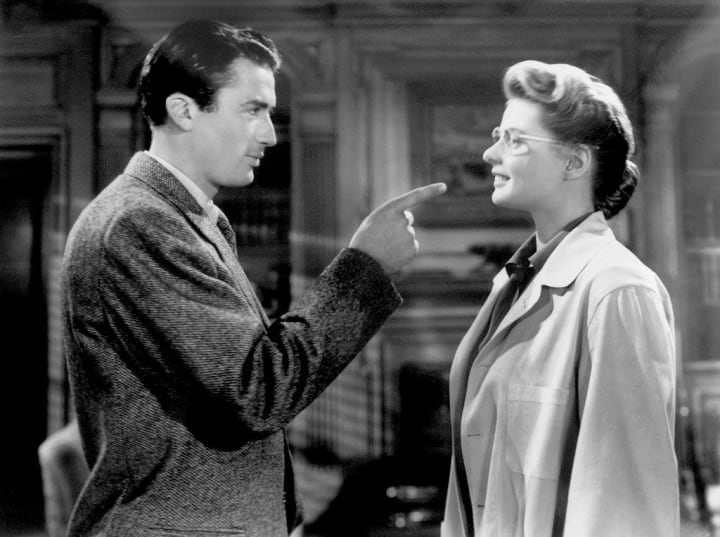
Let’s start with the most obvious. Ingrid Bergman plays Dr Constance Petersen, a career-driven psychoanalyst. Her first appearance shows her behind a desk, hair pulled tightly back from her face, cigarette in hand and most importantly be-spectacled. She looks distinctly unglamorous when compared to Mary (Rhonda Fleming) a psychotic patient at the asylum where she works. So this is where we have to start buying into the world of the film. We have to accept that Ingrid Bergman is not to be seen as beautiful or glamorous within the confines of her work. In particular, her glasses are meant to lead us into thinking that she is incapable of being a romantic figure. Just try saying that out loud – Ingrid Bergman played a plain, academic type. Doesn’t that sound silly?
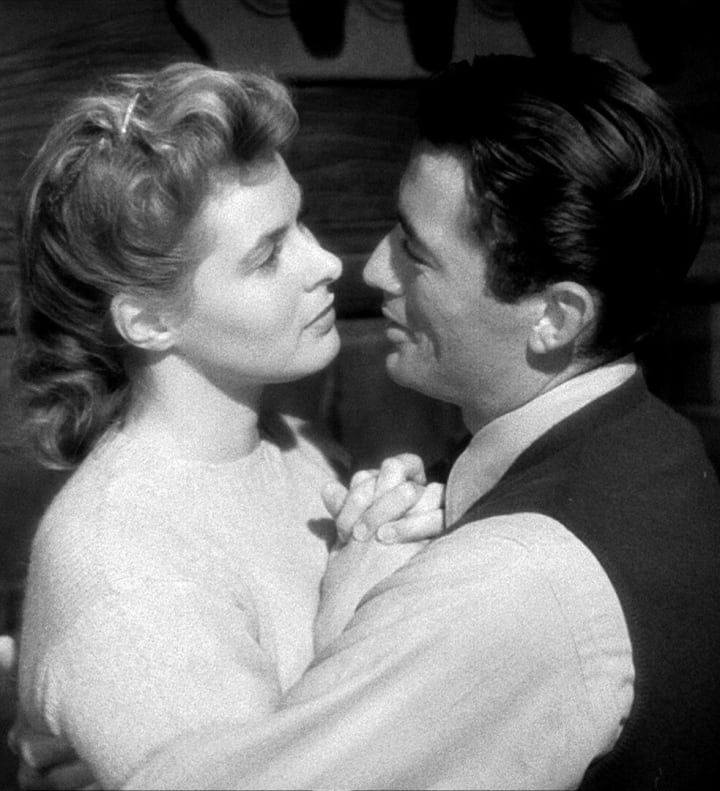
But of course, she does fall in love, with the new hospital director, played by the very handsome, debonair, Gregory Peck. There is no surprise that a woman would fall in love Peck. But we are expected to believe that it happens all within one glance. We watch her froideur dissolve instantly with a girlish look up and down on introduction. The audience knows this is love.
I hope you have had the pleasure of falling in love. I hope you have felt that thrill when the love of your life enters a room. But I also hope it was not based on a first glance that led you to throw caution to the wind.
Dr Petersen says:
“The heart can see deeper… I couldn’t feel this way toward a man who was bad.”
Oh my, I believe this sentiment when Bergman says it. But then I step away from the film and I remember my other life as a domestic abuse researcher and I know this abandonment to the idea of love as the ship able to rescue all who sail in her, underpins many an abusive relationship. If your friend said something like this about a man they had only just met, I’m sure you would take them to one side and caution them about the dangers of love-bombing…
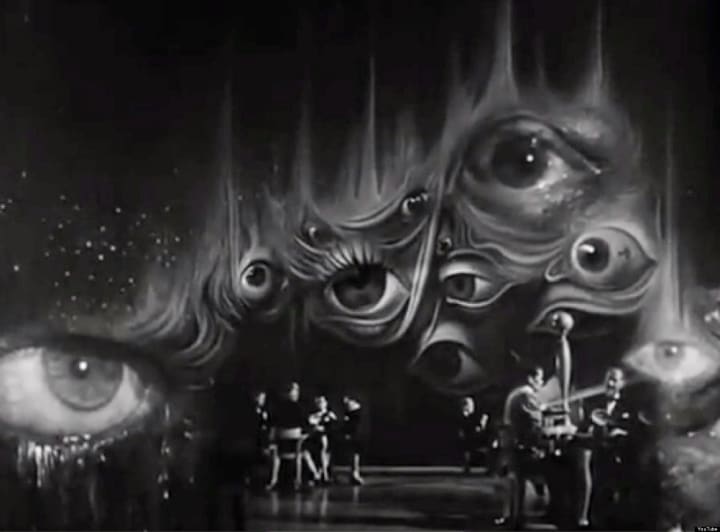
Spellbound is most famous for its dream sequence. John Ballantyne (Peck) describes his dream to Petersen and her mentor, Doctor Brulov.
As Ballantyne describes his dream, we are offered a Salvador Dali designed set. It is not like other dream sequences in cinema, usually shot in haze with blurred imagery. But it is also not like any dreams I have ever had (and I dream pretty vividly, often waking up in the grip of a story). It is crisp, clear and beautiful.
Again just imagine a friend telling you that they had had a dream about eyes in the curtains, and that they were playing cards in a very long gambling house with blank cards. There were over-sized scissors cutting the eyes out of the curtain. You would probably say, “Stop right there, what did you take to help you sleep last night?”
The dream sequence is as implausible as it is cinematically gorgeous.
But the implausibility doesn’t stop there.

We buy into the idea that not only does Ballantyne recite his dream in minute detail, but Petersen and Brulov share that experience. And because of that, the two doctors can give a quick and comprehensive interpretation to the dream, from their sketchy notes.
The opening scrolling sequence of the film states:
“Our story deals with psychoanalysis, the method by which modern science treats the emotional problems of the sane. The analyst seeks only to induce the patient to talk about his hidden problems, to open the locked doors of his mind. Once the complexes that have been disturbing the patient are uncovered and interpreted, the illness and confusion disappear… and the devils of unreason are driven from the human soul.”
And yet, we are not shown anything scientific about psychoanalysis. We are shown a quick jumping to conclusions.
Hitchcock is more interested in romance than science. So, he gives us the character of Petersen whose own actions show the tension between rationality and emotion. When Petersen wears her glasses she is playing psychiatrist. But it is when she is without her glasses and being an emotional woman, eschewing rationality, that is when she makes most headway with her ‘patient’.
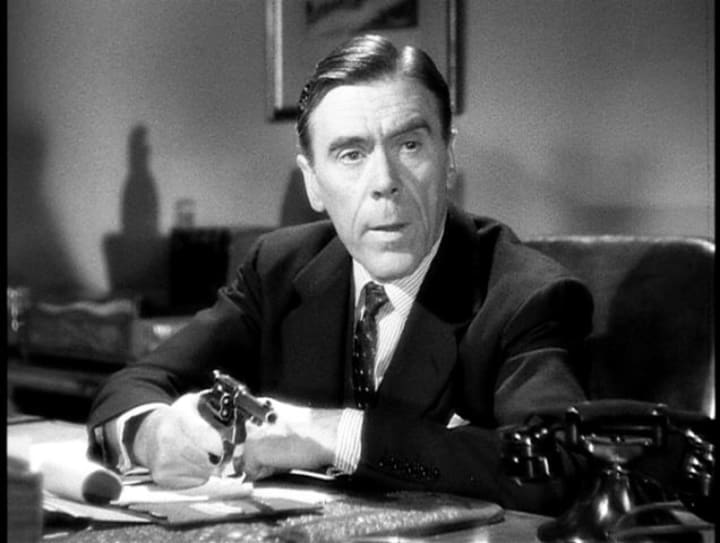
And finally, there is the killer. The clever killer. In films, the killer is always clever. Able to avoid detection until an equally clever detective pieces the clues together.
My domestic abuse research background again comes to the fore. Most killers are not schemers with motives. They are brutes and bullies who went too far. In the world of the film, I have to believe that a killer has a motive and that a particular set of circumstances led to violence. Whereas I sadly know that in the real world, killers kill simply because they can.
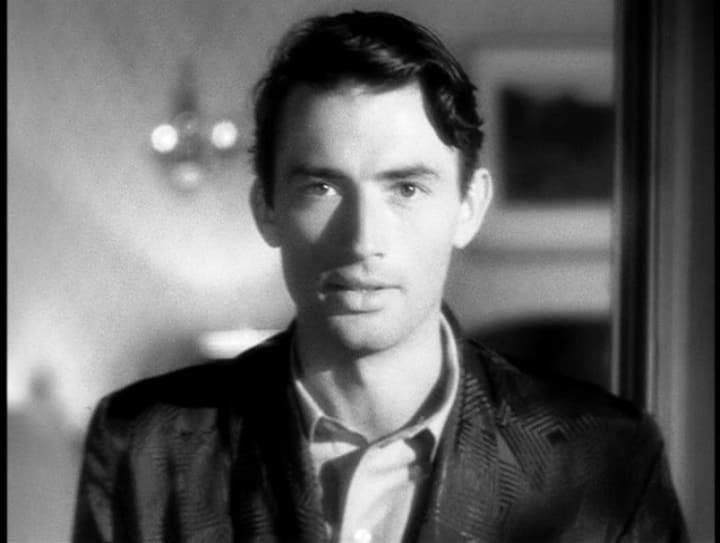
And I haven’t forgotten amnesia.
Amnesia is a precious plot resource, especially in 1940s films with wounded soldiers, traumatised housewives, and a burgeoning understanding of the psyche. Clinically rare, but the profound identity-confounding levels of amnesia of John Ballantyne, are common in cinema. Amnesia in 1940s movies deserves a whole investigation of its own.
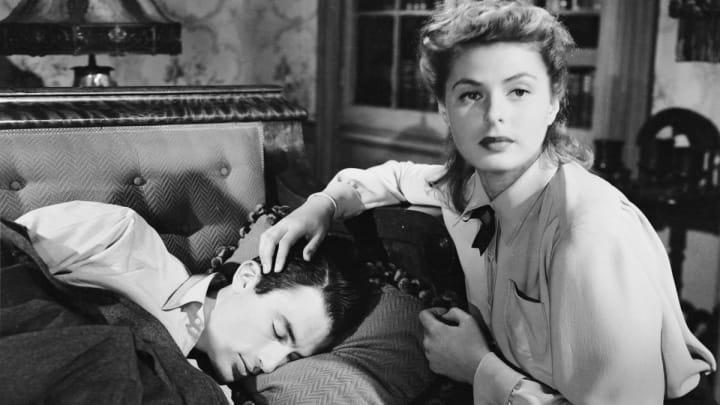
So, yes I am digging holes into a plot of a silly movie. But like I said during the watching of the movie, I was enthralled. I took it all in.
The reason I watch old movies, is partly because they tell me so much about story-telling. And Spellbound told me about world-building, a near-reality with just enough deviance from truth for me to be thrilled by it. It hypnotised me.
Film theory has a word for this – suturing. Suturing is the loss of psychological distance from the film, a suspension of belief. It is the pleasure that comes from escaping, even if only for the two hours of a film.
Spellbound has a central character that struggles with dissociative amnesia. Usually, dissociation is talked about in psychological terms as a negative defence mechanism to be overcome. But watching movies, reading a good book, listening to moving music is about voluntary positive dissociation. And my job as a writer is to take you there. The knack is to move you from scene to scene without you jolting over the bumps of the plot.
So, let’s begin. Are you sitting comfortably? There once was a beautiful actress called Ingrid Bergman, but instead of being dressed in glamorous fashion, she is wearing a medical white coat…
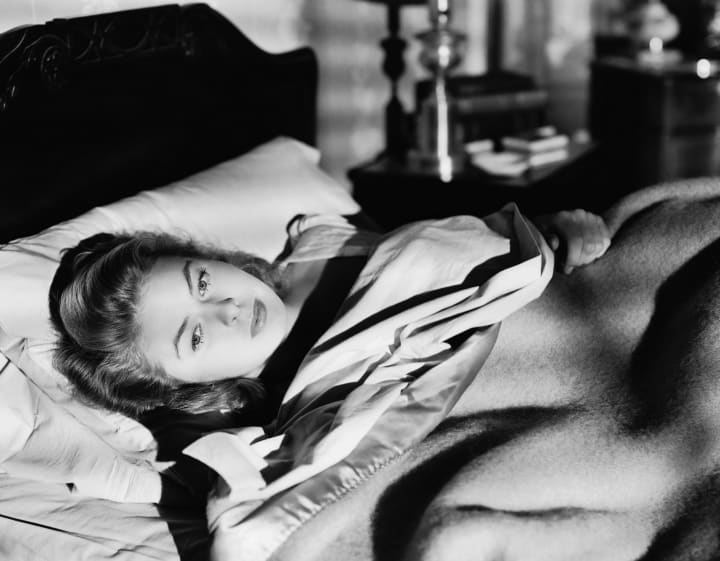
If you've enjoyed what you have read, consider subscribing to my writing on Vocal. If you'd like to support my writing, you can do so by a regular pledge or leaving a one-time tip. Thank you.
About the Creator
Rachel Robbins
Writer-Performer based in the North of England. A joyous, flawed mess.
Please read my stories and enjoy. And if you can, please leave a tip. Money raised will be used towards funding a one-woman story-telling, comedy show.



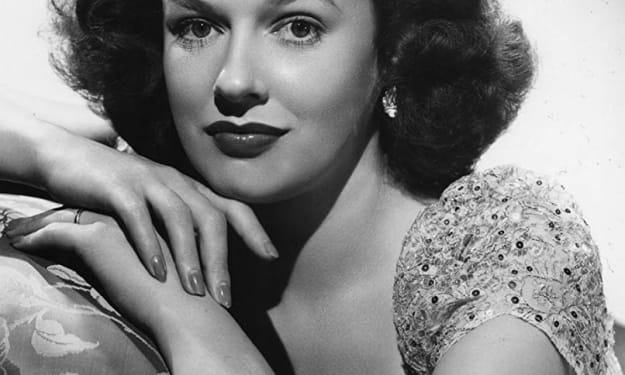



Comments (5)
Excellent article that leaves me with intrigue. I can't remember the last old movie I watched but am sure it was in the horror genre. I may have to bookmark 'Spellbound'. I loved your reasons for watching these movies. I also loved your definition of suturing; I learned something from it. Congrats, Rachel. A fine TS, indeed!
Congrats on Top Story!
I've not seen Spellbound but I feel as though I've gotten a glimpse at the film from your assessment. Great insights. Enjoyed reading this immensely.
Great review of a classic movie,
Well done.